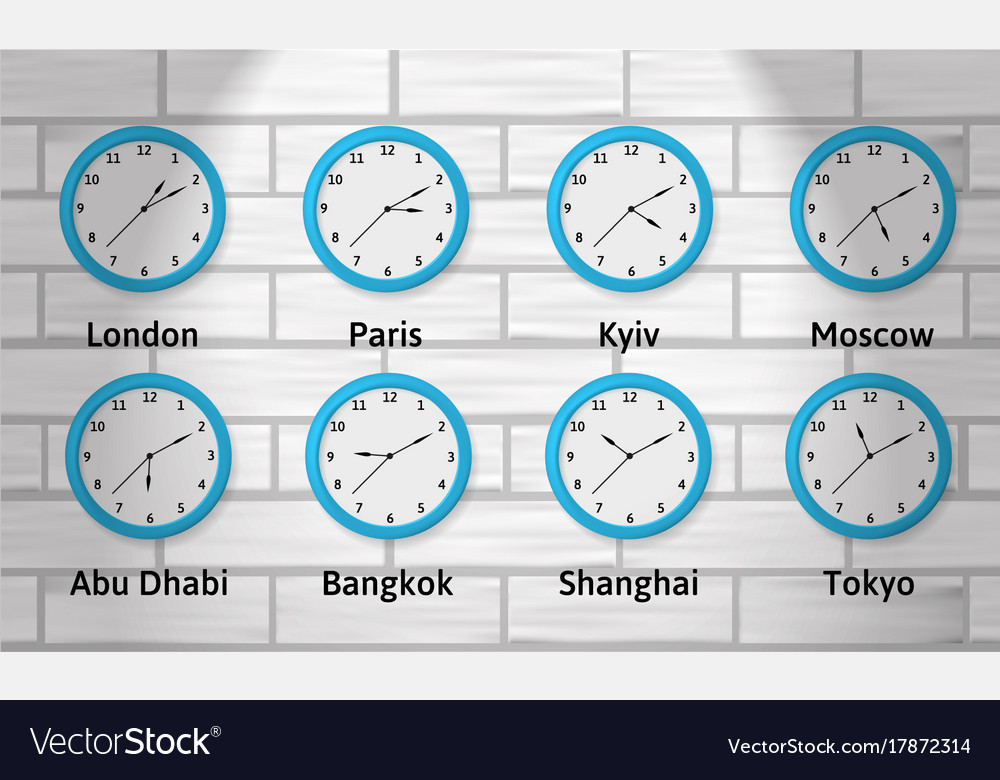

Ramsey developed a method, commonly known as Ramsey interferometry nowadays, for higher frequencies and narrower resonances in the oscillating fields. Cohen-Tannoudji and others managed and reduced the light shifts to acceptable levels. Unfortunately, this caused a side effect with a light shift of the resonant frequency. This technique is useful for creating much stronger magnetic resonance and microwave absorption signals. In 1949, Kastler and Brossel developed a technique for making energy level transitions in atoms with light named optical pumping. This led to the first practical accurate atomic clock with caesium atoms being built at the National Physical Laboratory in the United Kingdom in 1955 by Louis Essen in collaboration with Jack Parry Ī caesium atomic clock from 1975 (upper unit) and battery backup (lower unit) He proposed the concept in 1945, which led to a demonstration of a clock based on ammonia in 1949.

This led to the idea of measuring the frequency of an atom's vibrations to keep time much more accurately, as proposed by James Clerk Maxwell, Lord Kelvin, and Isidor Rabi. The accuracy of mechanical, electromechanical and quartz clocks is reduced by temperature fluctuations. ĭuring the 1930s, Isidor Rabi built equipment for atomic beam magnetic resonance frequency clocks. The Scottish physicist James Clerk Maxwell proposed measuring time with the vibrations of light waves in his 1873 Treatise on Electricity and Magnetism: ‘A more universal unit of time might be found by taking the periodic time of vibration of the particular kind of light whose wave length is the unit of length.’ Maxwell argued this would be more accurate than the Earth's rotation, which defines the mean solar second for timekeeping. Louis Essen (right) and Jack Parry (left) standing next to the world's first caesium-133 atomic clock (1955) NIST-F2 was brought online on 3 April 2014. The primary standard for the United States, the National Institute of Standards and Technology (NIST)'s caesium fountain clock named NIST-F2, measures time with an uncertainty of 1 second in 300 million years (relative uncertainty 10 −16). The main variety of atomic clock uses caesium atoms cooled to temperatures that approach absolute zero. The timekeeping accuracy of the involved atomic clocks is important because the smaller the error in time measurement, the smaller the error in distance obtained by multiplying the time by the speed of light is (a timing error of a nanosecond or 1 billionth of a second (10 −9 or 1⁄ 1,000,000,000 second) translates into an almost 30-centimetre (11.8 in) distance and hence positional error). The accurate timekeeping capabilities of atomic clocks are also used for navigation by satellite networks such as the European Union's Galileo Program and the United States' GPS. The system of Coordinated Universal Time (UTC) that is the basis of civil time implements leap seconds to allow clock time to track changes in Earth's rotation to within one second while being based on clocks that are based on the definition of the second. This definition is the basis for the system of International Atomic Time (TAI), which is maintained by an ensemble of atomic clocks around the world. It is defined by taking the fixed numerical value of the caesium frequency, Δ ν C s, the unperturbed ground-state hyperfine transition frequency of the caesium 133 atom, to be 9 192 631 770 when expressed in the unit Hz, which is equal to s −1.

The second, symbol s, is the SI unit of time. This phenomenon serves as the basis for the International System of Units' (SI) definition of a second: Electron states in an atom are associated with different energy levels, and in transitions between such states they interact with a very specific frequency of electromagnetic radiation. It is based on atoms having different energy levels. The black units in the foreground are Microsemi (formerly Sigma-Tau) MHM-2010 hydrogen maser standards.Īn atomic clock is a clock that measures time by monitoring the resonant frequency of atoms. The rack mounted units in the background are Microsemi (formerly HP) 5071A caesium beam clocks. Naval Observatory in Washington, D.C., which provides the time standard for the U.S. The master atomic clock ensemble at the U.S.


 0 kommentar(er)
0 kommentar(er)
